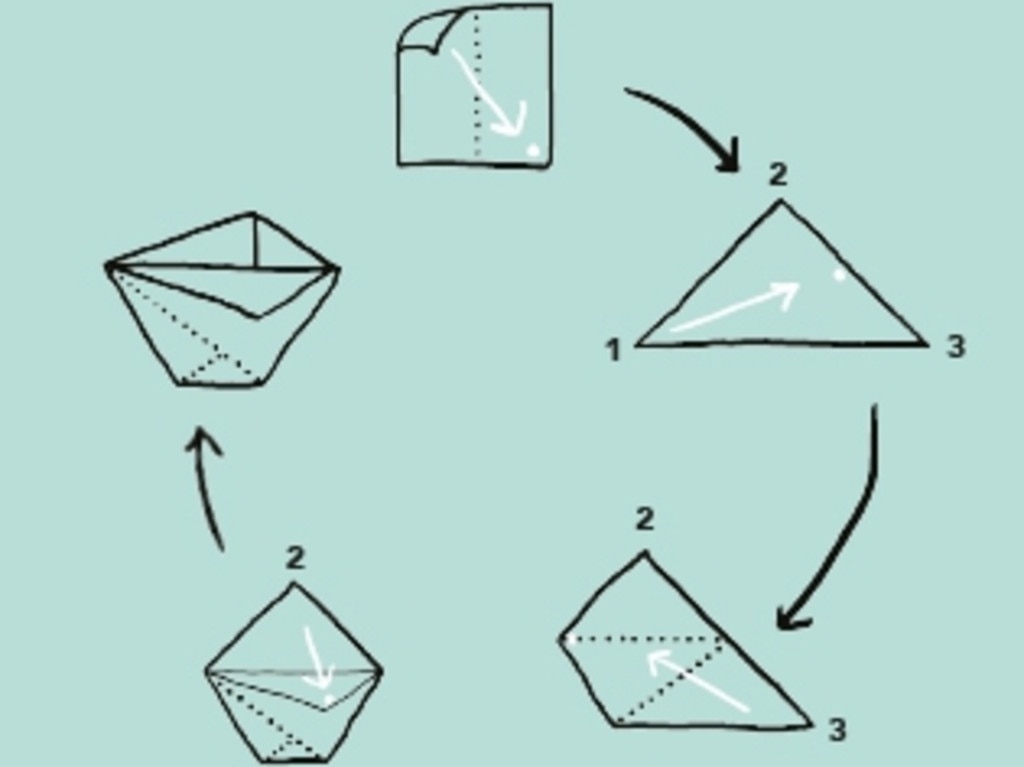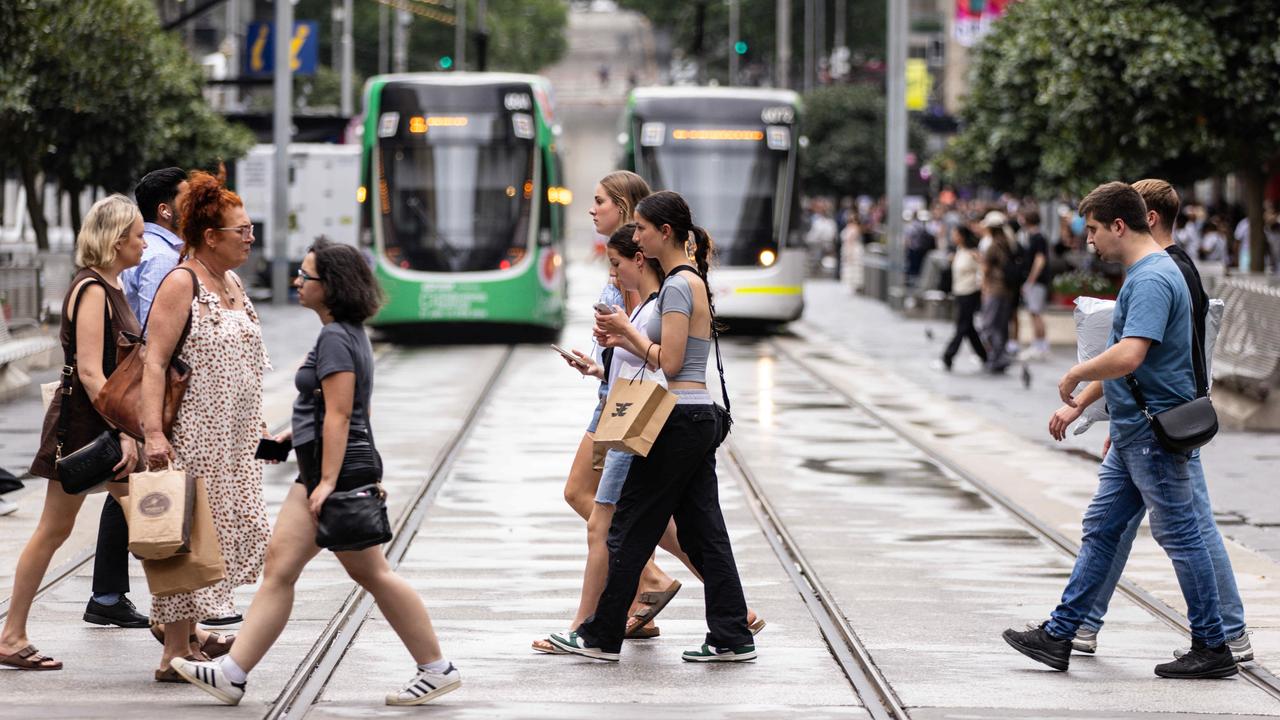How to live without plastic bags
WE’VE become so used to the convenience of using plastic bags, but switching to alternatives doesn’t have to be difficult.

CONSUMERS will face a big change as businesses across Australia start to reduce their use of single-use plastics including bags and straws.
Woolworths will stop supplying plastic bags tomorrow, June 20, ahead of an almost total ban across Australia from July 1 when Queensland, Victoria and Western Australia join every other state, except NSW, in outlawing them.
Despite there being no ban in NSW, major retailers Coles, Woolworths and Harris Farm Markets will still phase out plastic bags. Woolworths has also ditched single-use straws.
Other retailers Big W and liquor chains BWS, Dan Murphy’s and Cellarmasters will also stop using plastic bags or have already done so.
Many retailers are worried that customers will be angry and inconvenienced by the change but it doesn’t have to be painful.
Here are the easiest ways to make the transition to using less plastic.
PLASTIC BAGS
Switching to reusable bags is mainly about changing habits. It will probably take a few weeks to get used to the new routine so it’s best to start taking bags to the supermarket well before the bans begin.
Put bags in the car or near the door so you remember to grab them before your grocery shop. After putting your groceries away, return them to these areas, or put notes around your house and reminders on your phone. You can even buy door hangers to remind you to take your bags, or make your own.
If you like impromptu shopping, keep a lightweight bag in your handbag or store a few at your work desk.
Traditionally supermarkets have offered green bags for shoppers but these aren’t always the best option. You need to use them a lot in order in order to offset their environmental impact as they are also made of plastic. They can also be hard to clean and aren’t very compact.
A better option is bags made out of polyester, which is also a form of plastic, but they are more lightweight and portable. You generally see them folded into a small square.
Environmentally, cotton bags are better because they are made from natural materials. They are also quite easy to carry around and you can just throw them into the washing machine when they get dirty.
Many people already have bags like these around the house, so it’s probably just a matter of finding and using them. Some grocers like Harris Farm also offer customers the option of using a cardboard box to carry their groceries in (remember when this was quite common in supermarkets?). However, these are not always available.
It’s also worth getting some lightweight bags to put fruit and other produce in at the supermarket. That way you can avoid using those thin plastic produce bags.
STRAWS
Straws are likely to be next on the hit-list of disposable plastic items. You can carry your own metal straw (cocktail version available here) — they are more sturdy than the plastic versions and drinking out of them actually feels nicer. Most are sold with a small brush for cleaning.
PLASTIC CUTLERY
Some people are already choosing to bring their own cutlery to avoid using the single-use plastic ones. You can get wooden sets from places like Naked Foods or portable stainless steels sets from Miniso. You can also get a cutlery pouch, or use a small pencil case or cloth napkin, to carry your own cutlery.
Next time you are ordering home delivery, let the restaurant know you don’t need any plastic cutlery — use what you have at home instead.
GLAD WRAP
It feels so easy to reach for cling film but there are easy ways to avoid using it, and it will ultimately save you money too.
If you have a bowl of food you want to cover and put in the fridge, you could simply place a plate over it. It might be a bit bulkier but this preserves your food just as well. You can also put it into the microwave to reheat, just make sure your crockery is microwave-friendly.
The other option is to use a beeswax wrap, these can be washed and reused, and can be moulded into shape making them good for covering things like fruit. They are also good for wrapping your sandwich in.
Another option is to transfer your food into a container before storing in the fridge.
BIN LINERS
Many people use supermarket plastic bags to line small bins around their house. You can replace these with a bin liner made out of newspaper.
Zero waste blogger Erin Rhoads has provided a simple template for a bin liner in her new book Waste Not, which will be available on July 1.
It will make a liner big enough to fit a small wastepaper basket if a broadsheet newspaper is used. You can also tape tabloid pages together.
Here are the steps:
1. Lay four sheets of newspaper out and trim to form a square.
2. Fold down the top left corner to the opposite corner, forming a triangle.
3. Fold corner 1 over, reaching between corners 2 and 3.
4. Fold corner 3 over.
5. Gather two of the flaps on corner 2, folding down the front.
6. Repeat with the other two, folding down the reverse side.
7. Congratulations, you made a plastic-free bin liner! Open up the pouch and place it in your bin.

CONTAINERS
Plastic containers can be convenient for storing food and at least you can reuse them. But if you want to avoid plastic as much as possible you can try using glass or metal containers instead.
The metal containers are lighter than glass but you can’t put them in the microwave. However, simply transfer your food into a bowl and cover with a plate if you want to heat it up.
You can also keep a container at work and use it when getting takeaway for lunch. Simply ask the restaurant to put your food in this container instead.
COFFEE CUPS
There are many different types of reusable coffee cups available now so they are easy to get. Or you could simply skip the takeaway and drink your coffee in the cafe instead.
If you are getting a quick coffee at work and the cafe isn’t far, just bring your office mug with you.
PLASTIC BOTTLES
Buying water and soft drinks in plastic bottles is bad for the environment and for your health. If you really need a drink, grab something in a glass bottle or can instead, or carry your own bottle of water — it’s free!
Many places are also starting to offer sparkling water or kombucha on tap.
Email: charis.chang@news.com.au | Twitter: @charischang2




